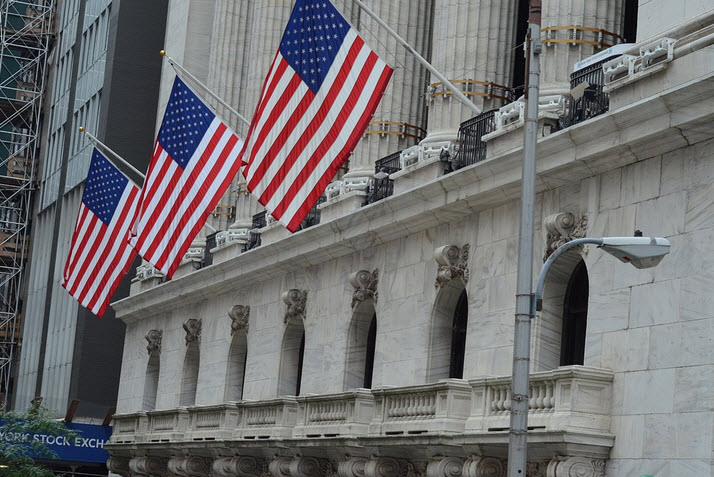The New York Stock Exchange (NYSE) is one of the world’s most important financial institutions, serving as a hub for global financial markets. As the largest stock exchange by market capitalization, the NYSE has played a critical role in shaping the financial landscape and influencing economic growth for over two centuries. In this article, we will explore the rich history of the NYSE, its significance in today’s economy, the indices it hosts, and its trading processes.

The Iconic New York Stock Exchange Building
History of the NYSE
Founding and Early Years
The New York Stock Exchange traces back to 1792 when 24 stockbrokers signed the Buttonwood Agreement under a buttonwood tree on Wall Street. This agreement established a simple system for trading stocks and bonds, paving the way for the formation of the NYSE. In 1817, the organization adopted a constitution and official name, becoming the “New York Stock & Exchange Board.”
Expansion and Evolution
Throughout the 19th and early 20th centuries, the NYSE grew in size and importance, both domestically and internationally. As the United States experienced rapid industrialization and urbanization, the exchange facilitated capital flow and investment in new ventures. The NYSE expanded its facilities multiple times, eventually moving into its iconic neoclassical building at 18 Broad Street in 1903.
Modernization and Technological Advancements
The latter half of the 20th century saw the NYSE undergoing significant transformations, including the introduction of computerized trading systems and the phasing out of the traditional “open outcry” trading method. In 2007, the NYSE merged with Euronext to form NYSE Euronext, creating the world’s largest and most liquid exchange group.
Importance of the NYSE
The NYSE is not just a symbol of American capitalism; it plays an essential role in the global financial ecosystem. Some of the ways the NYSE contributes to the global economy include:
- Capital Formation: The NYSE facilitates the process of capital formation by enabling companies to raise funds through the issuance of stocks and bonds. This capital helps businesses invest in new projects, create jobs, and fuel economic growth.
- Liquidity: With billions of dollars’ worth of shares traded daily, the NYSE provides unmatched liquidity, allowing investors to buy and sell securities with ease.
- Price Discovery: The NYSE plays a critical role in the price discovery process, as the vast number of buyers and sellers on the exchange helps establish fair market prices for securities.
- Economic Indicator: The performance of the NYSE serves as an important barometer for the overall health of the U.S. and global economies.
NYSE Indices
Dow Jones Industrial Average (DJIA)
The DJIA is one of the most widely followed stock market indices globally. Comprising 30 blue-chip U.S. companies, the DJIA serves as a snapshot of the broader market’s performance.
Standard & Poor’s 500 (S&P 500)
The S&P 500 is a market-capitalization-weighted index of 500 leading U.S. companies, representing various sectors of the economy. The S&P 500 is considered a more comprehensive indicator of the U.S. stock market compared to the DJIA.
Trading on the NYSE
Trading Hours
The NYSE operates Monday through Friday, with regular trading hours from 9:30 a.m. to 4:00 p.m. Eastern Time, excluding major holidays.
Trading Process
Trading on the NYSE has evolved significantly over the years. Today, most transactions are executed electronically through sophisticated trading platforms, with human floor traders serving as intermediaries to manage complex orders and ensure a fair and orderly market. The NYSE employs a combination of electronic trading and the auction market system, which relies on designated market makers (DMMs) to maintain liquidity, provide price improvement, and facilitate the matching of buy and sell orders.
Order Types
Investors can place various types of orders on the NYSE, including:
- Market Order: A request to buy or sell a security immediately at the best available price.
- Limit Order: An order to buy or sell a security at a specified price or better.
- Stop Order: An order to buy or sell a security once it reaches a predetermined price, at which point it becomes a market order.
- Stop-Limit Order: A combination of a stop order and a limit order, triggered when the security reaches a specific price and executed within a set price range.
This article was last updated on: April 2, 2023